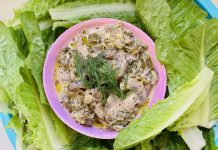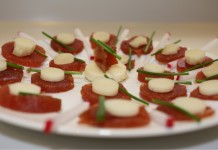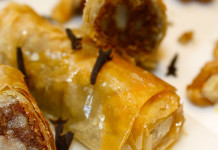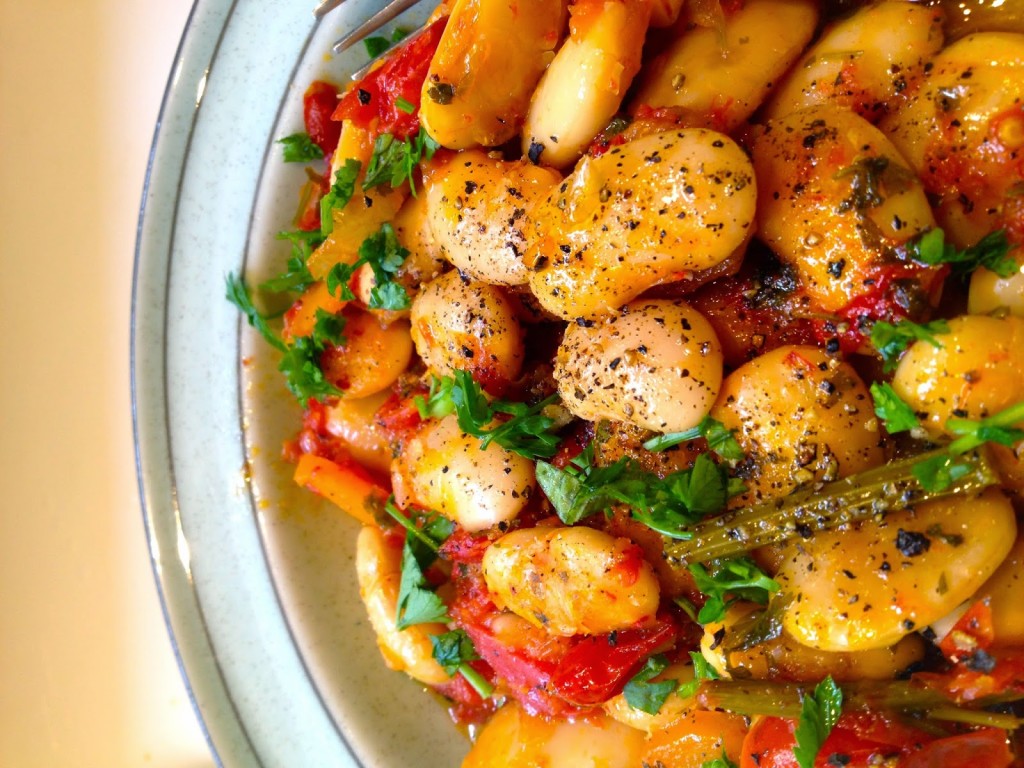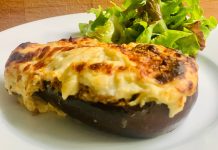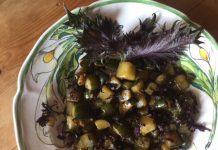Jacoline Vinke was the first one , a couple of decades ago, to explore the small boutique hotels of Greece and describes them perfectly in her three books and her beautiful site.
From there, we borrowed the following description, a basic introduction really, of the way Greeks like to eat and the basic terms should you plan a visit to Greece soon. Enjoy : http://www.smallhotelsingreece.com/a-few-things-about-greece/greek-food/
Starters (or orektika) are an important part of the meal and include dips, seasonal salads and vegetables, fried potatoes, veggies and cheese, pies, small grilled or marinated fishes, soups… and a lot more. They can also be a full meal, or just a snack you have with your drink, at which point you call them mezédes. There are restaurants (mezedopolía) that serve only mezédes, offering sometimes an amazing variety of small delicacies.
The most common dips are tzatzíki (made of cucumber, thick yoghurt and garlic), fáva (split pea purée), taramasaláta (fish roe salad) and melitzanosaláta (smoky aubergine purée). Order the latter two only if they are homemade (spitikós).
Salads are made from whatever is fresh, so you can expect lots of tomatoes and cucumber in the summer, and cabbage and grated carrot in the winter. The famous Greek salad (choriátiki) in its purest form consists of onions, tomato, cucumber, olives and féta cheese sprinkled with salt, oregano and olive oil, but often also includes some extras like sweet pepper, salad leaves or capers. Some vegetables (courgettes, broccoli, cauliflower…) are simply boiled and served with lemon and olive oil; others are cooked in a sauce, for instance fasolákia, green beans, are usually served in a tomato sauce. Beetroot salad (pantzária) sometimes comes with a delicious garlic dip. Try also chórta, usually translated as “boiled greens”, the collective name for a number of green leafy vegetables usually collected in the wild.
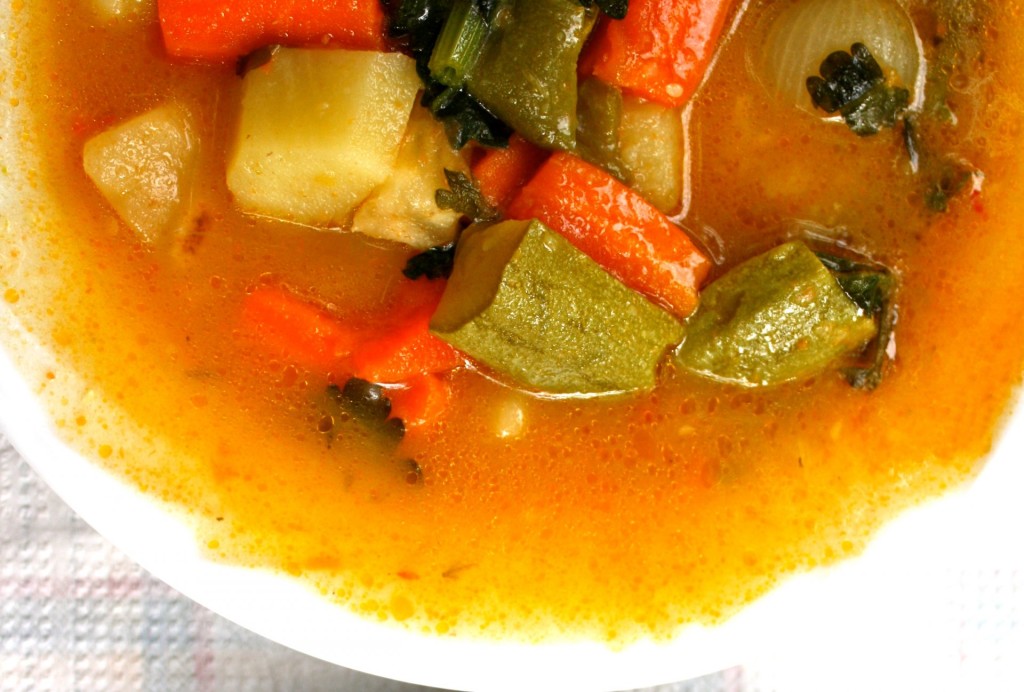
You can also go for something fishy (as in from the sea!) for starters. Octopus (chtapódi) come charcoal grilled (tis scháras) or boiled (vrastó) and served in a vinegar-based sauce. Squid (kalamarákia) is served deep-fried. Gávros marinátos (marinated anchovies) are to die for. Marídesare tiny deep-fried fish that you eat head, bones and all.
Pies (pítes) are made of phyllo dough and come with a variety of fillings. They are generally served as a starter, but if you stay in a nice place you may also get them as a breakfast extra, and of course many people have them as a snack any time of the day. There are many types: cheese pies (tyrópita) are the most common, but there are also pies filled with spinach (spanakopita), courgette (kolokythópita), meat (kreatópita), leaks (prasopíta) or whatever the cook thinks will taste good!
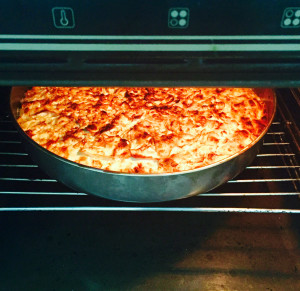
Just like there are many pítes, there’s also a variety of keftédes. Keftédes ‘pure’ are small fried meatballs made from mince beef, old bread, eggs and herbs, but there are also patatokeftédes (with potato instead of meat), revithokeftédes (with chickpeas), kolokythokeftédes (with courgettes) and domatokeftédes (with sun-dried tomatoes).
There are three soups that I recommend you try: fakes (a rich lentil soup; put a little vinegar), psarosoupa (fish soup that can be eaten as a main course too) and fasolada (white bean soup, usually eaten in winter). I also love revíthia, which is a cross between a soup and a side dish made with chickpeas.
Main courses
Main courses can be stews (stifádo), oven cooked dishes (tou foúrnou) such as moussaka, grilled meat (psitó, tis óras), pasta (macarónia) or fish (psári). I usually skip the grilled meat which I often find a little dry, and used to order pasta only for the kids. (They loved it when they were little because it tends to be somewhat overcooked.) To help you order, if you have children who are not so adventurous when it comes to food, you can get macarónia with meat sauce (me kimá), with tomato sauce (napolitén) or with cheese only (me tirí). Many places serve a creamy carbonára as well. Children also love pastício, the Greek version of lasagne. The grown-ups will appreciate spaghetti with lobster (astakomakaronáda), which, if prepared well, is absolutely delicious. Keep in mind though that lobster is generally overpriced, and not necessarily from local waters!
Meat
To help you with the meats: chicken is called kotópoulo, lamb is arnáki, porc is hirinó, beef ismoshári (ask for brisóla if you want a steak) and then we also have goat (katsíki) and rabbit (kounéli). The best meats are local, dópia, so when you are on islands or rural areas, ask which of the meats are dópia.
A few more traditional Greek dishes
dolmades – grape or cabbage leaves stuffed with rice, onions and usually mince beef;
angináres – artichoke hearts (and some other veggies) in an egg and lemon sauce;
jemistés – oven-cooked tomatoes and sweet pepper filled with rice and onions, and sometimes also currants, pine-nuts and/or mince meat.
Fish
If you eat in a taverna by the sea, you can have some excellent fish, served either grilled or fried in oil. Before you order enthusiastically, do keep in mind that fish can be very pricey and is sold by the kilo. The best (and most common!) way to order is to go to the kitchen and ask them to show you the fish (to psári), and point to the one(s) that appeal to you. Grilled fish is served with an olive and lemon sauce. If you don’t know what kind to order, tsípoura, snapper, is a safe bet. My favourite fish, however, is deep-fried barboúnia, red mullet, which is very, very tasty. Use your fingers to eat them!
Something sweet for desert
Although I definitely have a sweet tooth, usually at the end of a long and lazy meal in a taverna, all I need is a fruit (frúta), which is usually offered. You can also ask for something sweet (glikó). Usually there is not a huge choice, but what you will get will certainly be fresh, homemade and very sweet indeed! Don’t be surprised, by the way, if you get your desert before the other dishes are cleared away – that’s taverna style.








